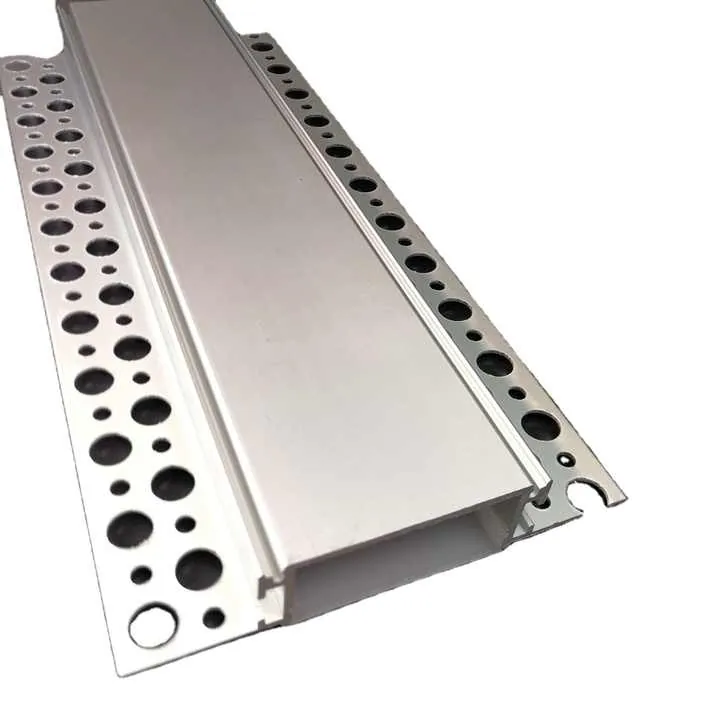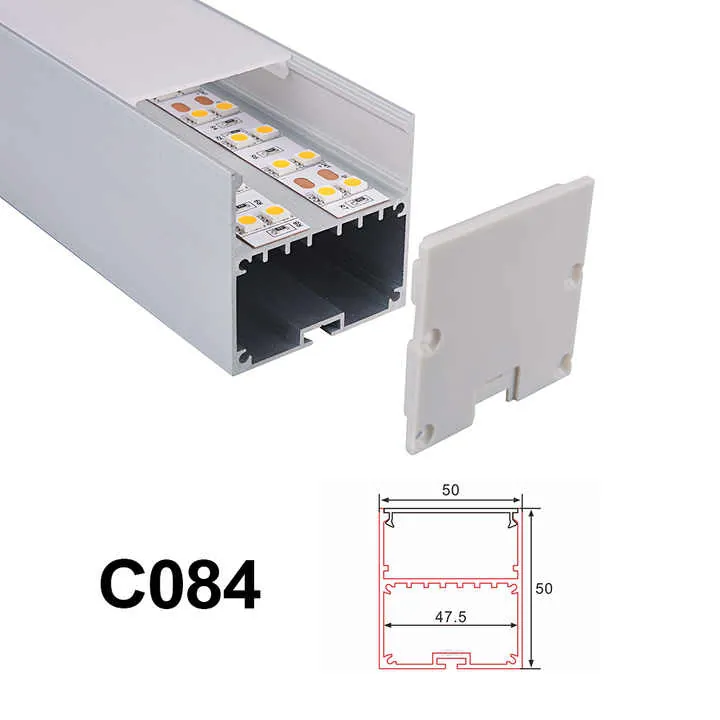Aluminum Alloy Heat Treatment?

Aluminum parts often fail to reach their full potential in strength and performance without the right treatment. That’s especially true in structural or high-load applications.
Aluminum heat treatment improves strength, stress resistance, and durability, especially for alloys in the 2xxx, 6xxx, and 7xxx series.
If you’re working with aluminum components, you might wonder which heat treatments to use and why timing, alloy choice, and aging matter. Let’s dive in and break it all down.
Which aluminum alloys respond best to heat treatment?
Aluminum alloys aren’t all created equal. Some respond very well to heat, others don’t change much at all.
Heat-treatable aluminum alloys include the 2xxx, 6xxx, and 7xxx series—these gain strength and durability from proper thermal processes.

The aluminum alloy series are divided into two types: heat-treatable and non-heat-treatable. Only certain series benefit significantly from thermal processes.
Heat-Treatable Aluminum Alloy Families
| Alloy Series | Major Elements | Heat Treatment Response | Common Applications |
|---|---|---|---|
| 2xxx | Aluminum-Copper | Excellent | Aerospace, automotive |
| 6xxx | Aluminum-Magnesium-Silicon | Very Good | Structural, transportation |
| 7xxx | Aluminum-Zinc-Magnesium | Outstanding | Aerospace, sports equipment |
Why These Alloys?
These alloys contain elements that form strengthening precipitates when heated and cooled properly. For example, 6061 is a well-known 6xxx alloy that becomes much stronger after T6 treatment.
In contrast, 1xxx, 3xxx, and 5xxx series mainly rely on cold working for strength. They don’t benefit much from heat treatment.
2xxx, 6xxx, and 7xxx series aluminum alloys are heat-treatable.True
These alloy series respond to thermal processing that enhances mechanical properties.
All aluminum alloys become stronger with heat treatment.False
Only certain alloys respond to heat treatment due to their chemical composition.
What are the main heat treatment types for aluminum alloys?
Heat treatment isn’t a single process. It’s a sequence. Each step affects the final properties of aluminum parts.
Aluminum heat treatments include annealing, solution heat treatment, quenching, and aging—each targets specific property improvements.

Different aluminum products require different treatments, depending on how they’ll be used.
Types of Heat Treatment
-
Annealing
Heats aluminum to soften it and make it easier to bend or machine. It’s useful for removing stress after cold forming. -
Solution Heat Treatment
Involves heating the alloy to a specific temperature to dissolve alloying elements into a solid solution. -
Quenching
Quickly cools the metal (often in water or air) to "lock in" the dissolved elements before they can precipitate out. -
Natural Aging (T4)
Aluminum parts are left at room temperature. Over time, strengthening precipitates form. -
Artificial Aging (T5/T6/T7)
Heats the metal at low temperatures (e.g., 175°C) to accelerate the precipitation process.
Table of Heat Treatment Stages
| Stage | Temperature Range | Purpose |
|---|---|---|
| Annealing | 300–400°C | Soften, relieve stress |
| Solution Treat | 450–575°C | Dissolve alloying elements |
| Quenching | Room Temp or <100°C | Trap solutes in solution |
| Natural Aging | Room Temp | Gradual hardening |
| Artificial Aging | 160–220°C | Rapid hardening, stress relief |
Each step must be timed and controlled carefully. A small error in timing or temperature can affect final strength, corrosion resistance, or stability.
Solution treatment and aging are commonly used to strengthen aluminum alloys.True
These steps change microstructure by forming strengthening precipitates.
Annealing increases the strength of aluminum parts.False
Annealing softens aluminum, reducing strength but improving formability.
How does solution and aging treatment work on aluminum alloys?
Most of aluminum’s strength upgrades come from solution treatment and aging. Together, they form the backbone of heat treatment.
Solution treatment dissolves elements into the aluminum matrix, and aging controls how those elements form strengthening particles.

In this process, parts are heated until alloying elements like magnesium, silicon, or copper dissolve into the aluminum. Then they’re rapidly cooled.
That prevents those elements from precipitating out. Instead, the atoms stay “trapped” in a supersaturated solution.
Artificial vs. Natural Aging
Natural aging (T4) occurs at room temperature. It’s simple but takes longer—usually several days.
Artificial aging (T5, T6, T7) involves reheating the part to a lower temperature (around 175°C). This causes the dissolved elements to form tiny particles.
These particles act like roadblocks for dislocations—boosting strength and stiffness.
Common Tempers and What They Mean
| Temper | Process Sequence | Result |
|---|---|---|
| T4 | Solution treat + natural aging | Medium strength, ductile |
| T5 | Cooled from hot work + artificial aging | Moderate to high strength |
| T6 | Solution treat + artificial aging | High strength, common use |
| T7 | Overaged to improve stability | Less strength, more stress relief |
This approach is used for products like aircraft parts, automotive components, bike frames, and structural beams.
Aging forms fine precipitates that increase aluminum’s strength.True
These particles interfere with dislocation movement, which raises hardness.
Natural aging is faster than artificial aging.False
Artificial aging accelerates the process by heating the metal.
Why control quench timing in aluminum heat treatment?
Many people overlook quenching—but it’s a critical step. Poor quenching ruins everything done before.
Quenching must be fast enough to preserve solutes in solution, but controlled to avoid distortion or cracking.

If cooling is too slow, the elements start forming particles prematurely. That reduces the amount of strengthening that can occur during aging.
If quenching is too aggressive, especially on thin parts, warping or internal cracks may form.
Factors That Affect Quench Timing
- Alloy type: High-copper or zinc alloys need faster quenching.
- Part thickness: Thicker parts hold heat longer, so quenching needs to be faster.
- Quenching medium: Water quenches faster than oil or air.
Good Practices
| Quench Type | Speed | Distortion Risk | Typical Use |
|---|---|---|---|
| Water | Very Fast | High | Aerospace, high-strength parts |
| Air | Slow | Low | Structural parts, thin profiles |
| Glycol Mix | Medium | Medium | Balance of distortion and strength |
By adjusting quench methods, we tailor each process to match the alloy and product type.
Slow quenching improves the strength of heat-treated aluminum.False
Slow cooling allows unwanted precipitates to form, weakening the alloy.
Fast quenching preserves the solution-treated structure in aluminum alloys.True
Rapid cooling prevents premature precipitation, enabling proper aging.
How to relieve stress and improve strength via heat treating?
Heat treatment is not just about making parts stronger—it also helps them stay stable under stress.
Artificial aging and controlled quenching help reduce internal stress, making parts stronger and more stable.
Internal stress builds up during machining, forming, or welding. This can cause parts to bend, twist, or crack under pressure.
Key Stress Relief Methods
-
Artificial Aging (T6/T7)
This process balances strength with reduced internal tension. T6 is stronger, T7 is more stable. -
Stress Relief Annealing
Parts are gently heated (150–260°C) and slowly cooled to reduce built-up strain. -
Mechanical Stretching or Vibratory Stress Relief
After quenching, parts can be mechanically stretched to even out internal forces.
Heat Treatment Comparison Table
| Method | Stress Relief | Strength Increase | Typical Use |
|---|---|---|---|
| T6 Artificial Aging | Moderate | High | Load-bearing frames, beams |
| T7 Overaging | High | Moderate | Aerospace, large structures |
| Stress Relief Anneal | High | None | After machining or forming |
| Stretching | Medium | Low | Plates, bars, thin sections |
Without these processes, parts may warp over time, or fail under repeated stress.
Artificial aging can improve both strength and stress stability in aluminum parts.True
Aging promotes the right balance between strength and internal stress relief.
Aluminum parts always need stress relief annealing after forming.False
Stress relief annealing is helpful but not always required.
Conclusion
Aluminum heat treatment involves a precise series of steps. From solution treatment to aging and quenching, each part of the process changes the metal’s structure. When done right, it increases strength, relieves internal stress, and creates a product that performs reliably in tough conditions.



